Table of Contents
Mardi Himal Trek: It is a short and scenic journey in the Annapurna region that offers stunning views of Machhapuchhre, Annapurna South, and Mardi Himal. It’s a less-crowded trail that takes you through lush forests, traditional villages, and alpine landscapes to the Mardi Himal Base Camp.
Detail Mardi Himal Trek Itinerary
The Mardi Himal Trek is designed to be easy and fun, with short daily walks (4–6 hours) and rest stops to help everyone adjust to higher altitudes. Here’s the plan:
Day 1: Arrival in Nepal and Transfer to Hotel
- Warm welcome by our representative upon arrival in Nepal, followed by a smooth transfer to your hotel.
- Enjoy leisure time to relax or explore vibrant cities like Kathmandu, Pokhara, or Lumbini.
Day 2: Drive from Kathmandu to Pokhara (800m)
- Enjoy a scenic 7-hour drive, soaking in breathtaking views of Nepal’s mountains.
- Unwind in the serene city of Pokhara, surrounded by lakes and Himalayan landscapes.
Note: You can Fly from Kathmandu to Pokhara which will cost you extra $100 mention from the calculator
Day 3: Drive from Pokhara to Kande trek to Pitam Deurali (2100m)
- The drive from Pokhara to Kande is a scenic journey with stunning views of Machhapuchhre, Annapurna mountains, and the peaceful Seti River.
- The trek from Kande to Australian Camp and Pitam Deurali takes you through forests, rhododendron blooms, mountain views, and traditional villages, blending nature with cultural experiences.
Day 4: Trek from Pitam Deurali to Forest Camp. (2600m)
- Enjoy a peaceful hike from Pitam Deurali to Forest Camp through serene forests and beautiful mountain views.
- Connect deeply with nature and experience tranquility in the stunning Annapurna wilderness.
Day 5: Trek from Forest Camp to High Camp. (3550m)
- Climbing from Forest Camp to High Camp in the Annapurna Mountains offers stunning views of snow-capped peaks, making the effort worthwhile.
- Reaching High Camp after a challenging climb gives trekkers a sense of accomplishment and a rewarding experience in the heart of the Himalayas.
Day 6: Explore day Hike from High Camp to Mardi Himal Base Camp (4500 m) and back to high camp
- Hike from High Camp to Mardi Himal Base Camp offers stunning views of Machapuchare and Annapurna South, with sunrise enhancing the experience.
- Trekking back to High Camp provides an unforgettable adventure surrounded by breathtaking Himalayan landscapes.
Day 7: Trek from High Camp to Siding Village. (1280m) and Drive to Pokhara
- Trekking from High Camp to Siding Village offers beautiful landscapes, local culture, and stunning mountain views.
- Enjoy a scenic drive to Pokhara, passing through picturesque countryside and reflecting on your memorable journey.
Day 8: Drive from Pokhara to Kathmandu
- Road trip from Pokhara to Kathmandu. Enjoy stunning views and local attractions.
- End your journey with a farewell dinner at a Nepali Culture restaurant, celebrating your adventure in Nepal.
Note: You can Fly from Pokhara to Kathmandu which will cost you extra $100 mention from the calculator
Day 9: Departure from Nepal or follow your Next trip
- Based on your flight schedule, we will drop you off for your final departure to your home or next destination.
- We hope to see you on your next trip to Nepal!
Complete Guide to Mardi Himal Trek
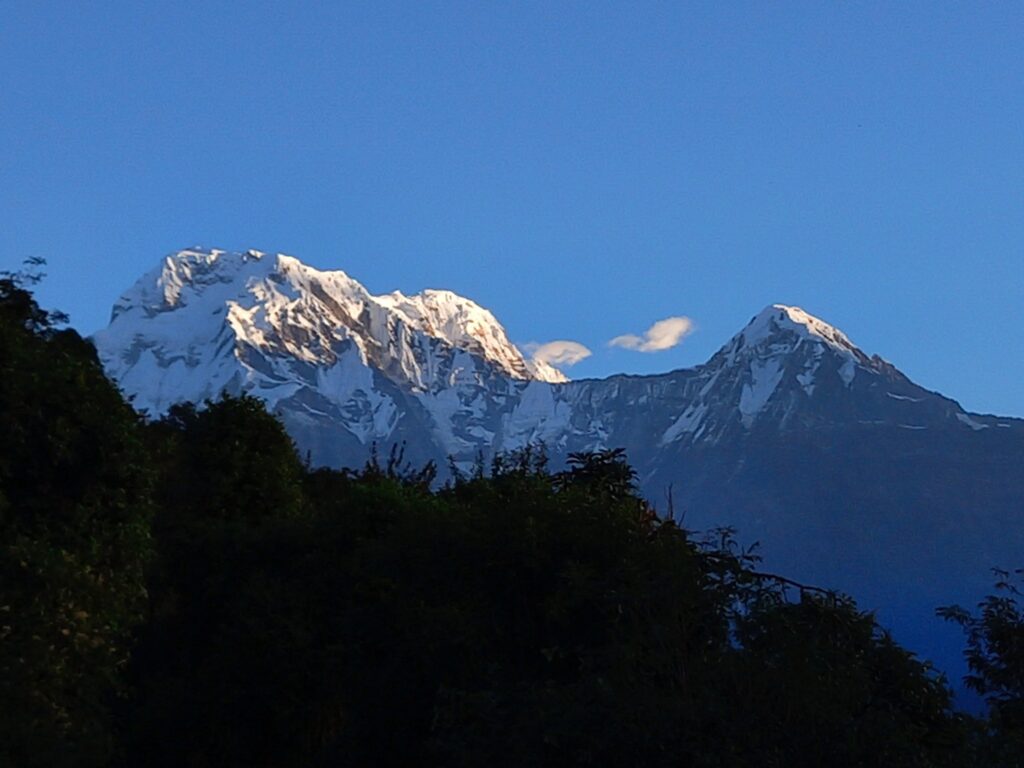
Nestled in the heart of Nepal’s Annapurna region, the Mardi Himal Trek is a hidden gem that offers breathtaking views, serene trails, and a rich cultural experience. This trek is perfect for those seeking a less crowded alternative to the more famous Annapurna Base Camp or Everest Base Camp treks. With its moderate difficulty, stunning vistas of Machapuchare (Fishtail Mountain), Annapurna South, and Hiunchuli, and a maximum altitude of 4,500 meters at Mardi Himal Base Camp, it’s an ideal choice for both beginners and seasoned trekkers. This comprehensive guide for the 2025/2026 season covers everything you need to know to plan your Mardi Himal adventure, including itinerary, costs, permits, best seasons, and essential tips.
Include and Exclude for the Trek
What’s Included
- Transport I: Airport pick-up and drop in Kathmandu, with private vehicle
- Accommodation: Comfortable hotel stays in Kathmandu and Pokhara with breakfast, based on your itinerary.
- Documents: All required trekking permits (ACAP and TIMS), official documents, paperwork, office service charges, and government taxes
- Transport II: Transport Kathmandu-Pokhara-Kathmandu, Round-trip travel by tourist bus, private vehicle, or flight as per your chosen itinerary.
- Transport III: Transportation from Pokhara to the trek start point and back from the trek end point according to the itinerary
- Experienced Guide: Professional, knowledgeable trekking guide fluent in English for safety and cultural insights.
- Porters: One porter for every two trekkers to carry heavy luggage, ensuring your comfort.
- Duffel Bag: We provide a duffle bag upon your request—please inform us early before booking or upon your arrival to ensure availability.
- Trekking Map: A trekking route map for the group leader
- Food and Accommodation: Food and accommodation during the trek in tea houses (breakfast, lunch, and dinner)
- Nepali Dinner: A farewell dinner at a traditional Nepali restaurant
What’s Excluded
- Flight ticket: International flight tickets and airport tax
- Nepal visa: You can get your Nepal visa upon arrival at the airport
- City Lunch: Lunch and dinner in Kathmandu and Pokhara
- City tour: city tour with a vehicle and entry fees for visiting UNESCO World Heritage Sites
- Personal expenses: like laundry, phone calls, snacks, drinks, bar bills, and camera battery charging
- Travel Insurance: It should cover emergency evacuation if needed, while trekking to the highest point listed in the itinerary
- Trekking Equipment: Personal trekking gears for your comfort and safety
- Transport IV: Local jeep or bus transport during the trek (if needed but not mentioned in the itinerary)
- Tips and Gifts: Gratuities for guides, porters, drivers, and staff are mandatory and highly expected as part of the trekking culture in Nepal.
Why Choose the Mardi Himal Trek?

The Mardi Himal Trek stands out for several reasons:
- Scenic Beauty: Enjoy panoramic views of the Annapurna Range, including Machapuchare, Mardi Himal, and Dhaulagiri.
- Less Crowded: Unlike other popular treks, Mardi Himal offers quieter trails, perfect for solitude seekers.
- Cultural Immersion: Interact with the Gurung and Magar communities and experience their warm hospitality and traditions.
- Moderate Difficulty: Suitable for beginners with basic fitness, with well-marked trails and gradual ascents.
- Short Duration: Can be completed in 4–10 days, making it ideal for those with limited time.
- Affordable: Budget-friendly, with costs ranging from $310 to $900 depending on the package and group size.
Best Seasons for Mardi Himal Trek

Choosing the right season is crucial for an enjoyable trekking experience. The Mardi Himal Trek is accessible year-round, but the following seasons are optimal:
- Spring (March to May): This is one of the best times to trek, with pleasant daytime temperatures (10–20°C at lower altitudes) and blooming rhododendron forests. Clear skies offer excellent mountain views, though mornings are best for photography due to occasional afternoon clouds.
- Autumn (September to November): Another peak season, autumn provides clear skies, warm days (15–25°C at lower altitudes), and chilly but comfortable nights. The post-monsoon clarity enhances visibility of the Himalayan peaks, making it a favorite among trekkers.
- Off-Seasons:
- Summer/Monsoon (June to August): Heavy rainfall can lead to leeches, landslides, and muddy trails, but the lush greenery and fewer crowds appeal to some adventurers. Proper rain gear is essential.
- Winter (December to February): Cold temperatures (0–10°C at higher altitudes) and potential snow at High Camp or Base Camp may block trails, but clear skies can still provide stunning views. Warm clothing and careful planning are necessary.
Note: For detail information about the best time for Mardi Himal Trek. Click Here
Mardi Himal Trek Cost
The cost of the Mardi Himal Trek for 2025/2026 varies based on travel style, group size, and package type (budget, standard, or premium). Here’s a breakdown:
- Budget Trek (Independent): $310–$500 per person
- Includes: Permits, basic teahouse accommodation, and meals (Dal-Bhat, porridge, tea).
- Excludes: Guide, porter, transportation, and gear rental.
- Standard Guided Trek (7–10 days): $500–$900 per person
- Includes: Permits, teahouse stays, meals, guide, porter, transportation from Pokhara, and insurance for staff.
- Group discounts available for larger groups (e.g., $398 per person for 2 people for a 5-day trek).
- Premium Package: $1,450 per person (based on 2 people)
- Includes: Kathmandu-Pokhara flights, 3-star hotels, unlimited meals, hot showers, Wi-Fi, and helicopter return via Annapurna Base Camp.
- Additional Costs:
- Permits: Annapurna Conservation Area Permit (ACAP) – NPR 3,000 (~$25), TIMS Card – NPR 2,000 (~$17).
- Gear Rental: $100–$200 for quality gear like sleeping bags and trekking poles.
- Personal Expenses: $50–$100 for snacks, tips, and souvenirs.
- Travel Insurance: Essential for treks up to 6,000m, costing $50–$150.
Tip: Book through a registered agency like Best Heritage Tour or Green Valley Nepal Treks for transparent pricing and logistics support. Group bookings reduce costs.
Permits Required
To trek in the Mardi Himal region, you need:
- Annapurna Conservation Area Permit (ACAP): NPR 3,000 (~$25).
- Trekkers’ Information Management System (TIMS) Card: NPR 2,000 (~$17). These can be obtained in Kathmandu or Pokhara through the Nepal Tourism Board or a trekking agency. Agencies often handle permits for guided treks.
Difficulty and Preparation
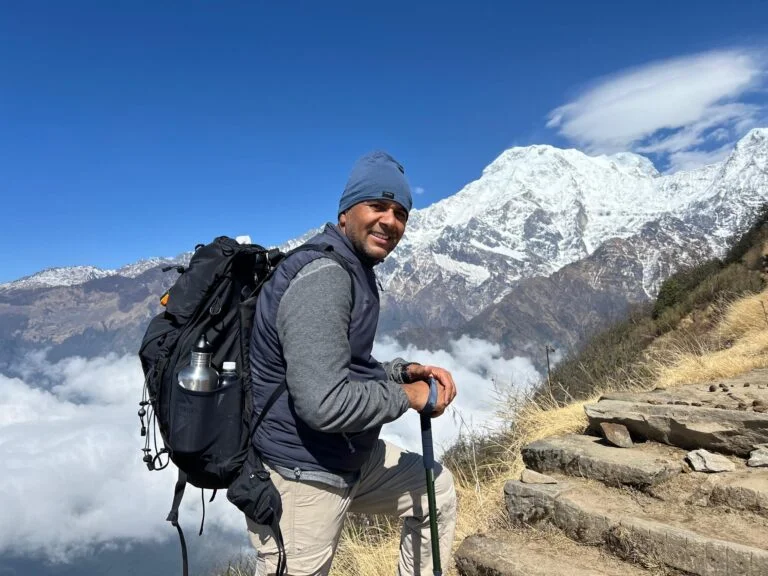
The Mardi Himal Trek is rated moderate, suitable for fit beginners and experienced trekkers. Key points:
- Physical Fitness: Requires basic fitness with 4–7 hours of daily trekking. Train with stair climbing, 5km walks, and carrying a 5–10kg backpack 3–4 times a week for 1–2 months.
- Altitude: The highest point is 4,500m at Mardi Himal Base Camp. Altitude sickness is rare but possible; ascend gradually, stay hydrated, and consider Diamox for prevention.
- Terrain: Trails include forest paths, steep ascents to Base Camp, and rocky sections. Durable hiking boots and trekking poles are recommended.
Essential Packing List
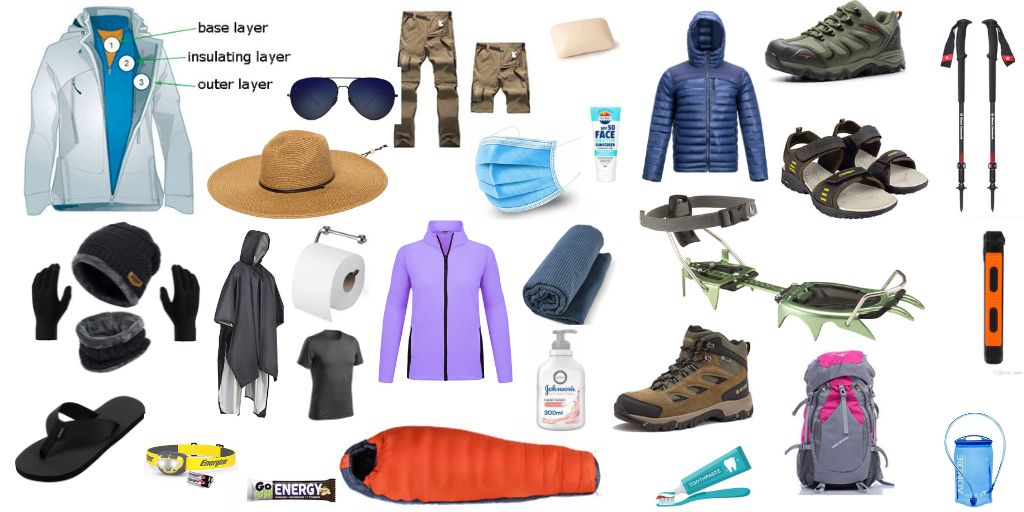
Packing smart ensures comfort and safety. Here’s a checklist for the Mardi Himal Trek:
- Clothing:
- Moisture-wicking base layers (Dri-fit tops).
- Fleece or thermal layers for higher altitudes.
- Waterproof and windproof hard-shell jacket.
- Trekking pants and shorts.
- Warm beanie, gloves, and thick hiking socks (3–4 pairs).
- Footwear:
- Broken-in hiking boots with good grip.
- Sandals or lightweight shoes for teahouses.
- Gear:
- 30–40L backpack with waist straps.
- Sleeping bag (rated for -10°C for higher camps).
- Trekking poles for steep sections.
- Headlamp with extra batteries.
- Water bottle (1L) and purification tablets.
- Miscellaneous:
- First-aid kit (include blister bandages and Diamox).
- Snacks (energy bars, nuts).
- Power bank and universal adapter.
- Toilet paper, wet wipes, and portable bidet.
- Sunscreen, sunglasses, and lip balm (UV protection).
- Cash in Nepali Rupees (no ATMs on the trail).
Note: For detail information about the packing list for Mardi Himal Trek. Click Here
Pro-tip: Break in new hiking boots during training to avoid blisters. Rent gear in Pokhara or Kathmandu to save costs.
Cultural and Environmental Tips
- Respect Local Culture: The Mardi Himal region is home to Gurung and Magar communities. Dress modestly, ask permission before photographing people, and respect local customs.
- Sustainable Trekking: Use reusable water bottles, avoid single-use plastics, and follow Leave No Trace principles. Support local teahouses and guides to contribute to the community.
- Wildlife and Flora: Look out for Himalayan thars, musk deer, and colorful pheasants. Avoid picking flowers, especially rhododendrons, to preserve the ecosystem.
Accommodation and Food
- Teahouses: Basic but cozy lodges offer beds, blankets, and shared bathrooms. High Camp and Low Camp teahouses have limited facilities, so carry a warm sleeping bag.
- Meals: Expect Dal-Bhat (rice, lentils, and vegetables), porridge, eggs, chapati, and soups. Tea, coffee, and instant noodles are widely available. Budget $15–$25/day for meals and drinks.
- Water: Carry purification tablets or a water filter to avoid buying bottled water. Hot water is available at teahouses for a small fee.
Safety and Health Tips
- Altitude Sickness: Ascend slowly, drink 3–4 liters of water daily, and monitor for symptoms like headaches or nausea. Descend if symptoms worsen.
- Travel Insurance: Ensure coverage for high-altitude trekking (up to 6,000m) and emergency evacuation.
- Guides and Porters: Hiring a guide ($20–$30/day) and porter ($15–$20/day) enhances safety and supports local employment. Ensure they are insured and fairly paid.
- Weather: Mountain weather changes quickly. Check forecasts, start hikes early, and carry rain gear in spring or monsoon seasons.
How to Book Your Trek
- Trekking Agencies: Book through reputable agencies like Big Sky Treks, Mardi Treks for smooth experience.
- Independent Trekking: Possible for experienced trekkers, but ensure you have permits, a map, and emergency contacts. Teahouses make solo trekking feasible.
- Booking Tips: Reserve early for peak seasons (March–May, September–November) to secure guides and teahouse spots. Check for group discounts and fixed departure dates.
Gallary


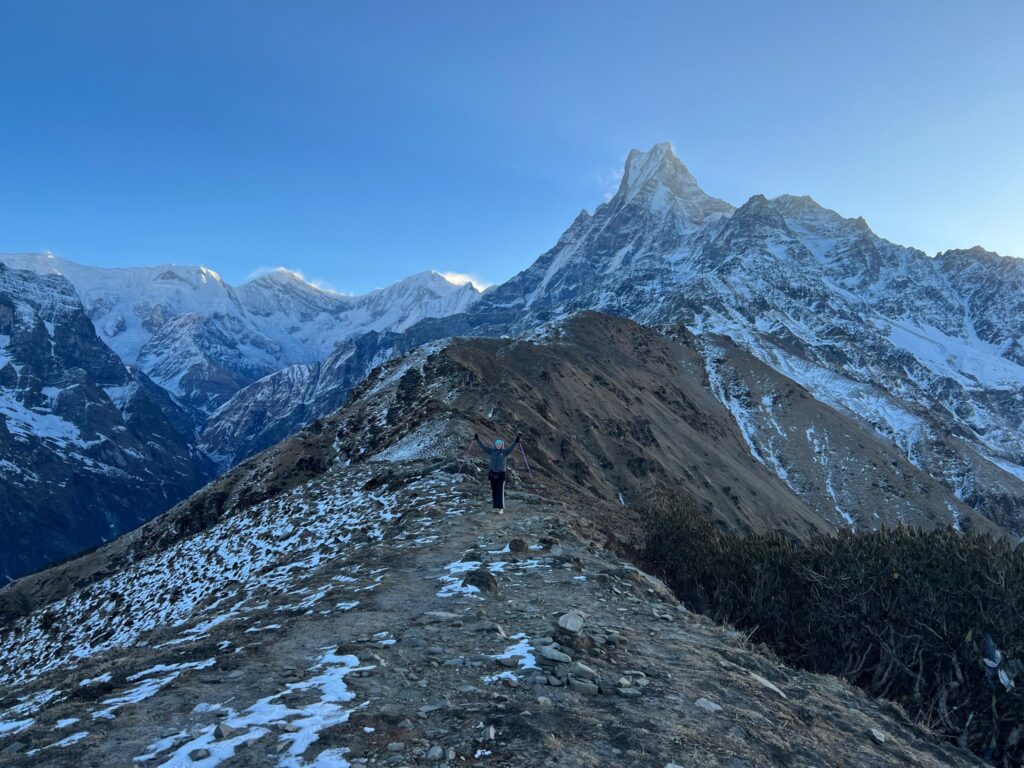
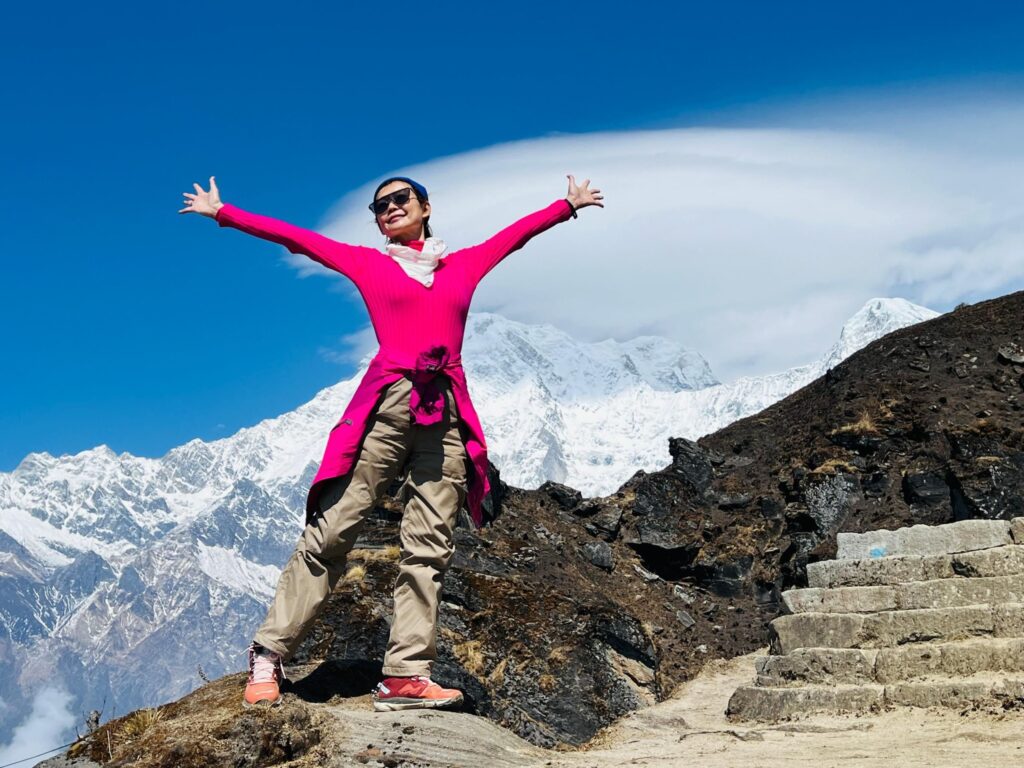

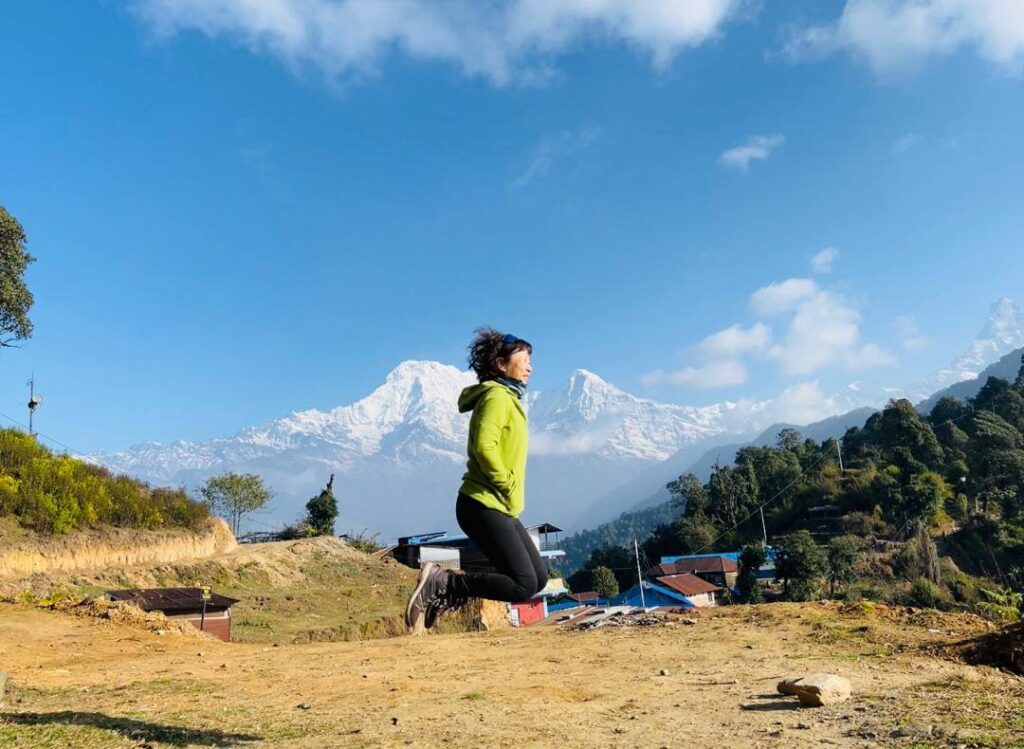
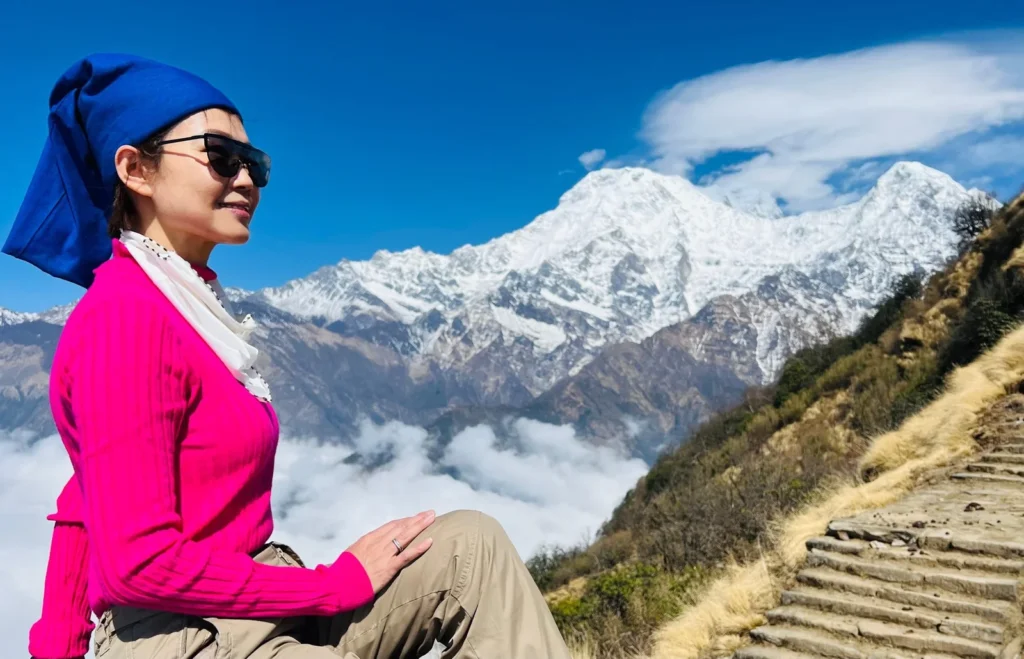
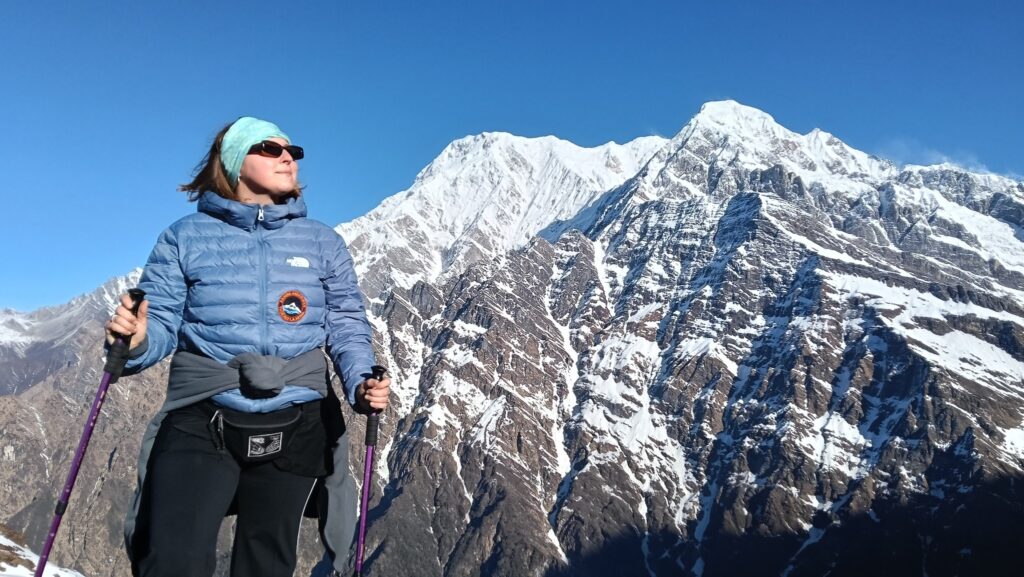
How Mardi Himal Trek Will Help You
Mardi Treks, a reputable travel agency based in Nepal, is dedicated to making your Himalayan adventure seamless, safe, and memorable. Here’s how partnering with Mardi Treks for your 2025/2026 trekking experience will benefit you:
- Expert Planning and Customization: Mardi Treks crafts personalized itineraries tailored to your fitness level, time constraints, and interests. Whether you’re aiming for the serene Mardi Himal Base Camp (4,500m) or combining it with Poon Hill or Annapurna Base Camp, their team ensures a well-planned trip that maximizes your experience. They handle logistics like permits (ACAP: ~$25, TIMS: ~$17), transportation, and teahouse bookings, so you can focus on enjoying the journey.
- Experienced Local Guides and Porters: Their licensed guides are knowledgeable about the Annapurna region’s trails, culture, and history, enriching your trek with insights into Gurung and Magar communities. Porters (available for $15–$20/day) carry up to 15kg, easing your physical burden and allowing you to enjoy scenic views of Machapuchare, Annapurna, and Dhaulagiri. Guides ensure safe navigation, especially on steep or rocky sections.
- Safety and Support: Mardi Treks prioritizes your safety with guides trained in first aid and altitude sickness management. They carry essential equipment like first-aid kits and provide advice on acclimatization and hydration. Their familiarity with the Mardi Himal route minimizes risks from weather changes or trail challenges, and they arrange emergency evacuation if needed.
- Cultural Immersion: Mardi Treks facilitates meaningful interactions with local communities in villages like Siding or Forest Camp. You’ll experience authentic Nepali hospitality, taste traditional meals like Dal-Bhat, and learn about Gurung culture, enhancing your cultural connection and creating lasting memories.
- Affordable and Transparent Pricing: With budget-friendly options starting at $300 for a 4-day Mardi Himal Trek and group discounts for larger parties, Mardi Treks offers value for money. They provide clear cost breakdowns, covering permits, meals, and accommodation, ensuring no hidden fees. Their affiliation with organizations like the Trekking Agency Association of Nepal (TAAN) ensures reliability.
- Eco-Conscious Trekking: Mardi Treks promotes sustainable tourism by encouraging eco-friendly practices, such as using reusable water bottles and supporting local teahouses. This helps preserve the Annapurna Conservation Area’s pristine environment, including its rhododendron forests and wildlife like Himalayan thars.
By choosing Mardi Treks, you’ll benefit from their expertise, local knowledge, and commitment to safety and sustainability, ensuring a stress-free and enriching Himalayan adventure. Contact Mardi Treks via their website or WhatsApp (+977 9864379436) to book your trek for the 2025/2026 season and embark on an unforgettable journey!
Faq’s
What is the best time to do the Mardi Himal Trek?
The best times are spring (March to May) and autumn (September to November). Spring offers blooming rhododendrons and pleasant temperatures (10–20°C), while autumn provides clear skies and stunning mountain views. Winter (December to February) is colder with possible snow, and monsoon (June to August) brings rain and muddy trails, but both are feasible with proper gear.
How difficult is the Mardi Himal Trek?
The trek is moderate, suitable for fit beginners and experienced trekkers. It involves 4–7 hours of daily walking, with a maximum altitude of 4,500m at Mardi Himal Base Camp. The trail includes forest paths, steep ascents, and rocky sections. Basic fitness and 1–2 months of preparation (e.g., stair climbing, 5km walks) are recommended.
What permits are required for the Mardi Himal Trek?
You need two permits: the Annapurna Conservation Area Permit (ACAP) (NPR 3,000, ~$25) and the Trekkers’ Information Management System (TIMS) Card (NPR 2,000, ~$17). These can be obtained in Kathmandu or Pokhara via the Nepal Tourism Board or a trekking agency.
How much does the Mardi Himal Trek cost?
Costs vary by travel style:
Budget (independent): $310–$500 (permits, basic teahouse stays, meals).
Standard (guided, 7–10 days): $500–$900 (includes guide, porter, permits, transport).
Premium: ~$1,450 (flights, 3-star hotels, helicopter return). Additional costs include gear ($100–$200) and personal expenses ($50–$100).
Do I need a guide or porter for the Mardi Himal Trek?
A guide or porter is not mandatory but highly recommended for safety and convenience. A guide ($20–$30/day) provides navigation and cultural insights, while a porter ($15–$20/day) carries your load (up to 15kg). They enhance the experience, especially for first-timers, and support local employment.
Conclusion
The Mardi Himal Trek for the 2025/2026 season is an unforgettable adventure that combines stunning Himalayan views, rich cultural experiences, and a moderate challenge suitable for a wide range of trekkers. Whether you’re a beginner looking to check off a bucket-list hike or a seasoned adventurer seeking a quieter trail, this trek delivers. Plan ahead, pack smart, and book early to make the most of this scenic journey. With its affordability, natural beauty, and cultural immersion, the Mardi Himal Trek is a must-do for anyone exploring Nepal’s Annapurna region. Start your journey today and let the Himalayas leave you with memories to last a lifetime!
